Why we ran it: To see if one of the world’s best driver’s cars can also prove sufficiently easy to live with for it still to make sense
Month 3 - Month 2 - Month 1 - Specs
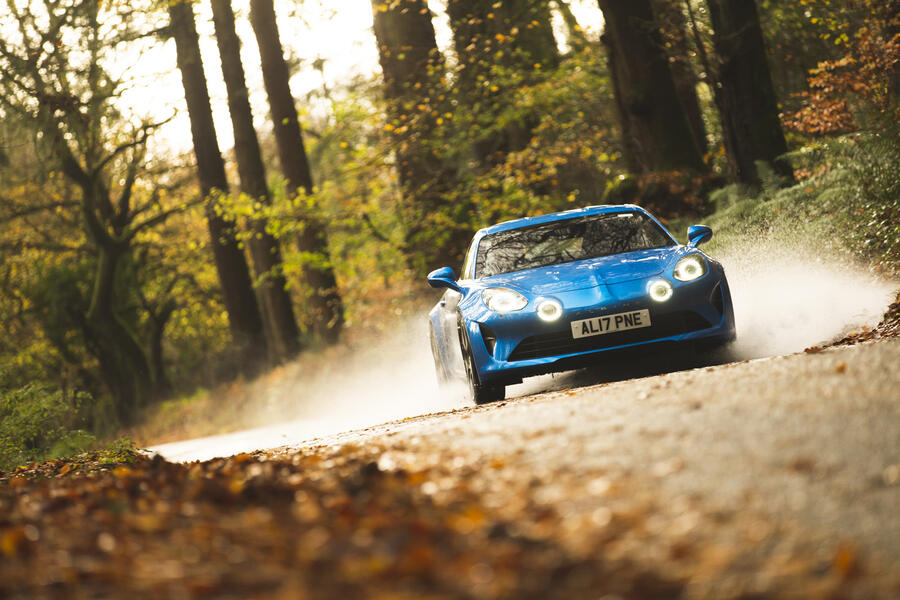
Life with an Alpine A110: Month 3
We knew it was great to drive before we got it six months ago, but would compromises irk in everyday use? - 10 May
It is part of the human condition to take amazing things for granted. You press a switch, a light comes on; turn a tap and water pours forth. Buy a new car – an almost impossibly complex confection of metal, plastic, rubber, oil, water, electrics and electronics – and you don’t just hope it will do a few laps of the planet while being left out in all conditions, baked by the sun, entombed by snow, and still work perfectly, all for the most miserly amount of basic maintenance: you expect it.
This makes me wonder why I never took the Alpine A110 for granted, not once in the six months it’s just spent with me. I never failed to look forward to any journey, never once passed it without at least glancing in its direction. You might say it has something to do with the car not being mine and the knowledge that, sooner or later, someone was going to take it away on a date not of my choosing.
But I’ve had a few long-termers in my time, many far more valuable than this, and I’ve liked most and admired more, yet when the time comes for them to depart, I’m pretty good at moving on. They’re just cars, after all. The only two I still miss are a BMW i8 (see p62) and a McLaren 720S, for hopefully self-evident reasons.
I think it’s because the A110 was, above all, so very different from almost all new cars today. That was true in 2017 when the car was launched and it’s even more true today as we move towards our heavy, silent, enormous, electrified future. And after the A110, every time you get into something else that purports to be sporting that weighs half as much again yet turns out to be less than half as fun again, you find yourself wondering why.
Until the cold realisation born of the fact that this car has sold in very modest quantities across all those years dawns: what this car does so extraordinarily well, which means so much to me and, I’d warrant, to you, counts for zip out there. And, perversely, that makes it more special too, like membership of a club whose existence is known to few and whose wonders remain as strangers, almost to all.

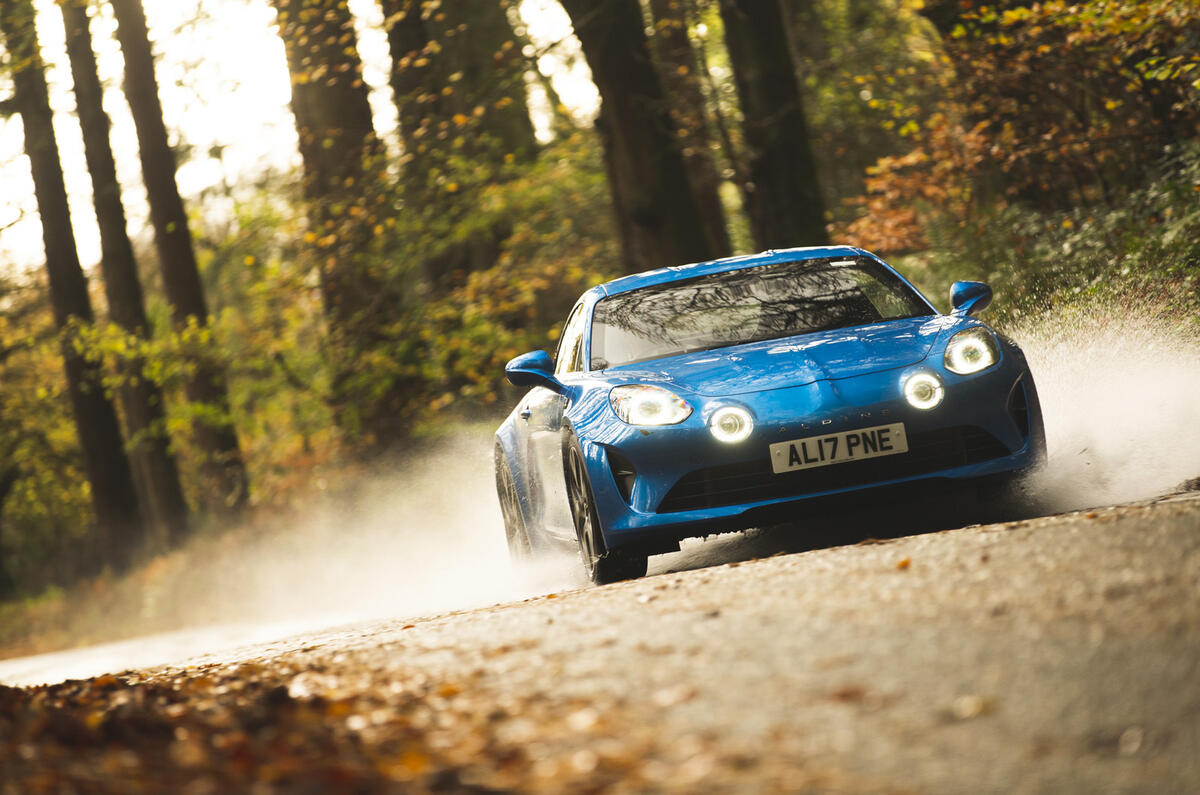
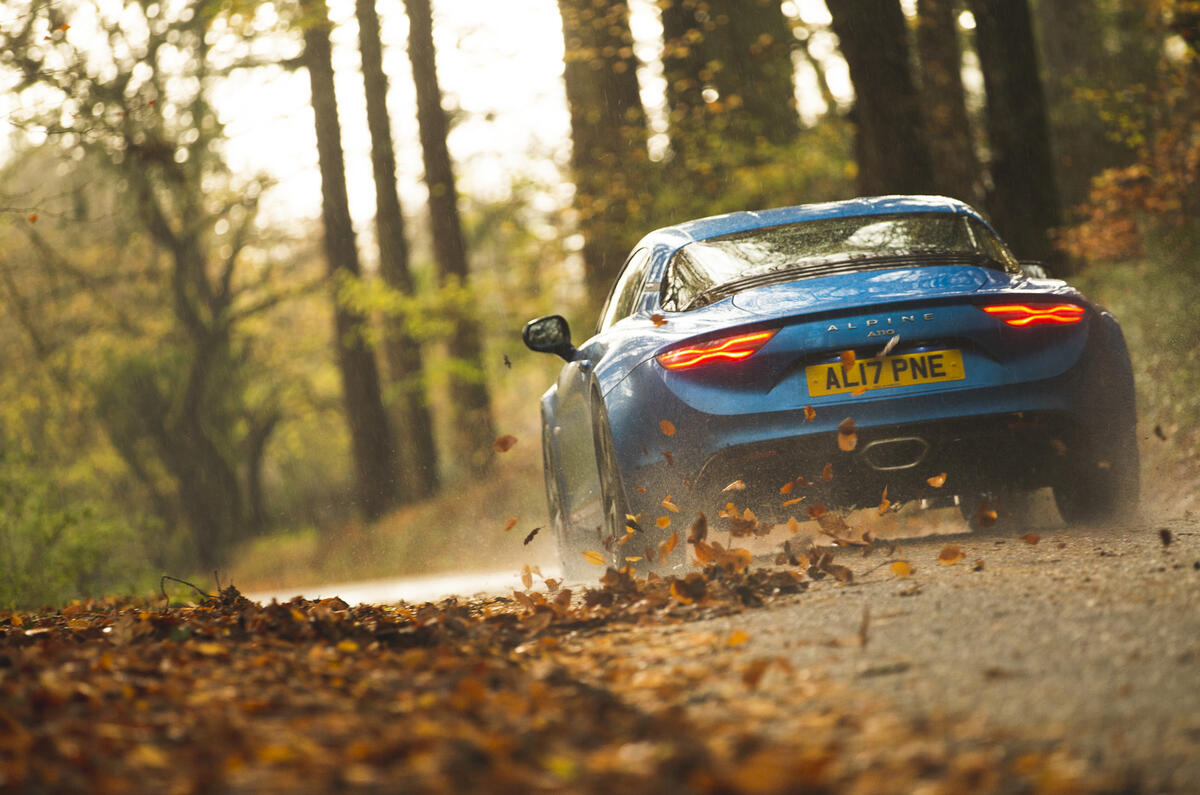
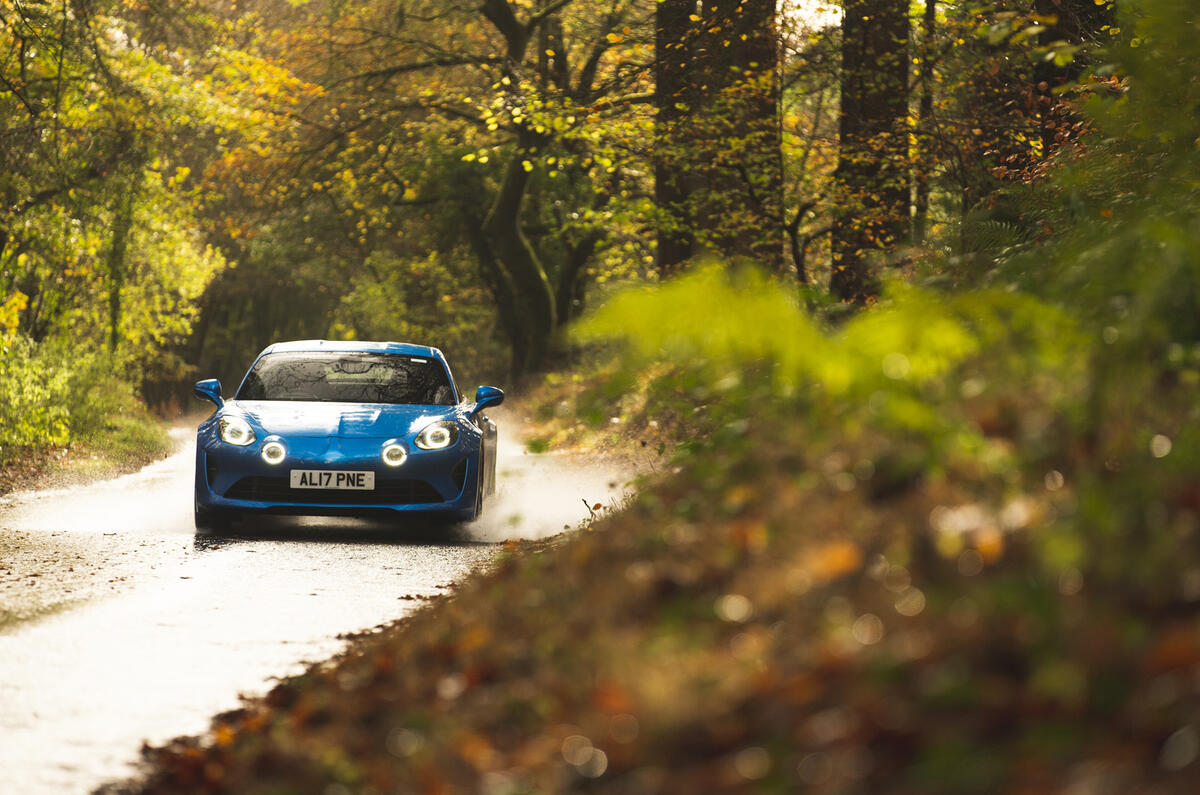
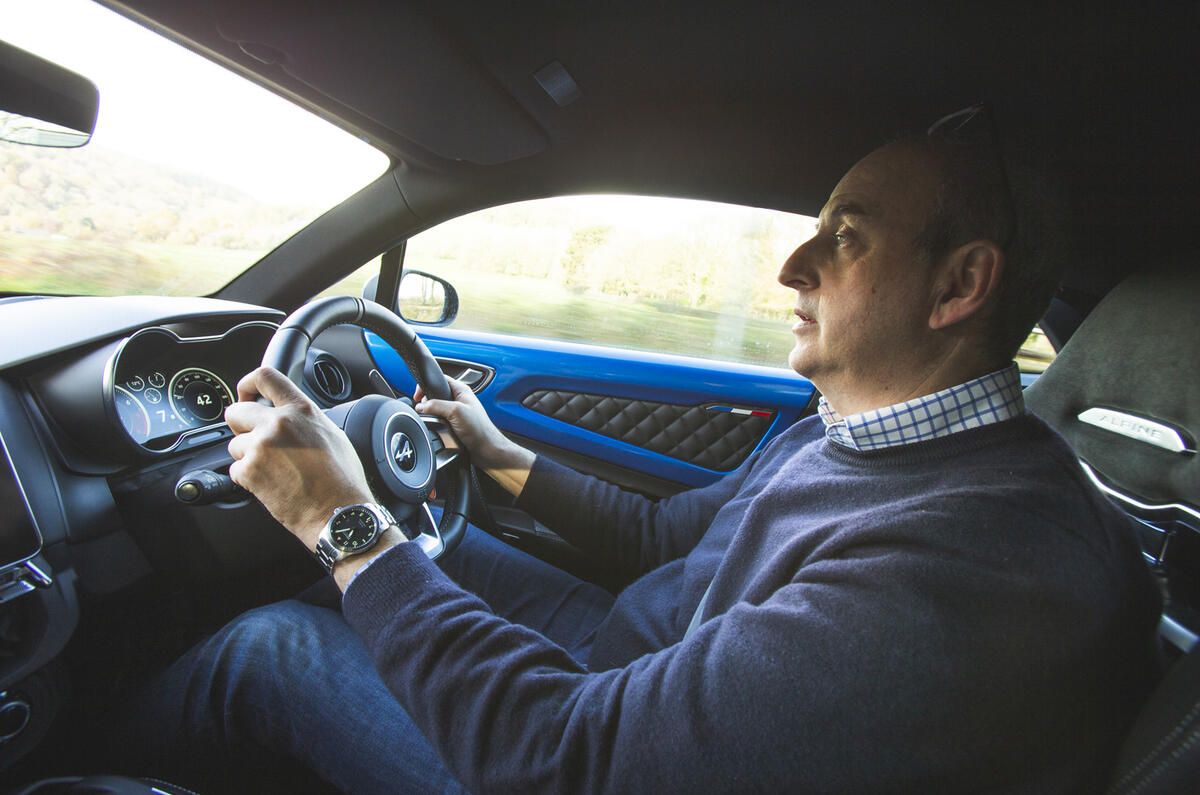
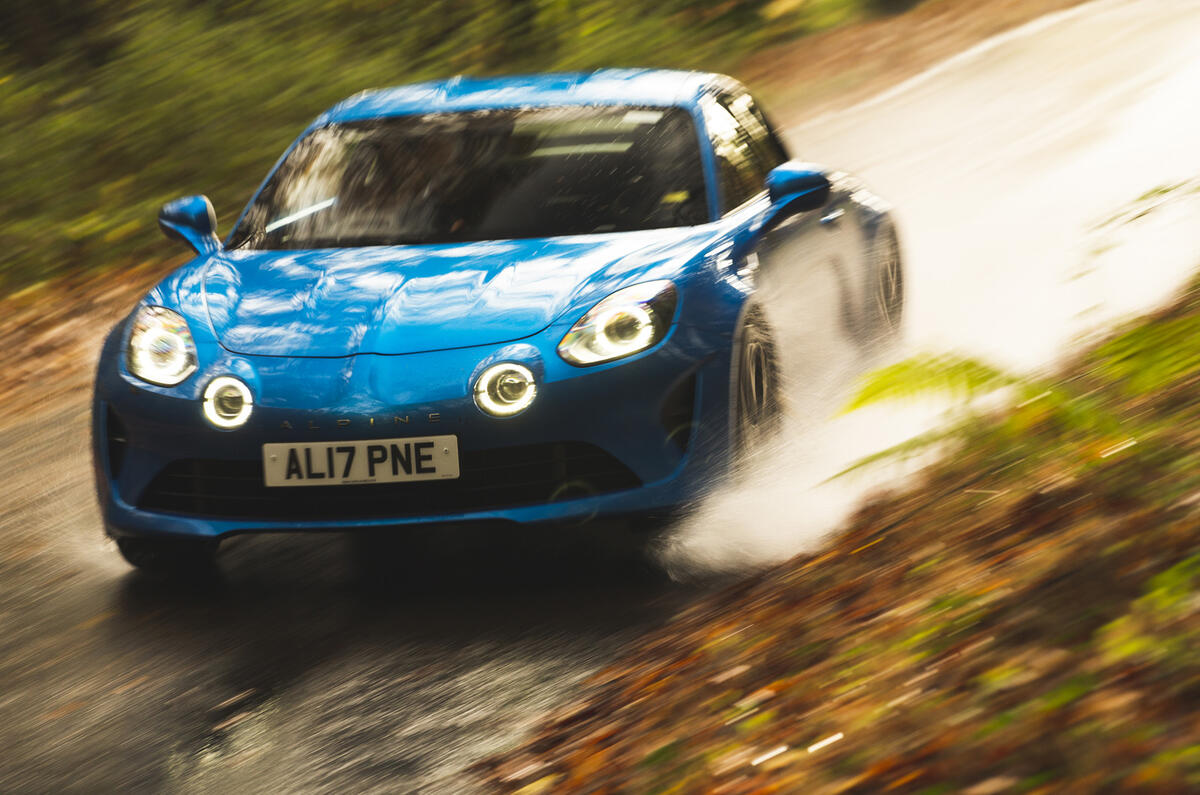
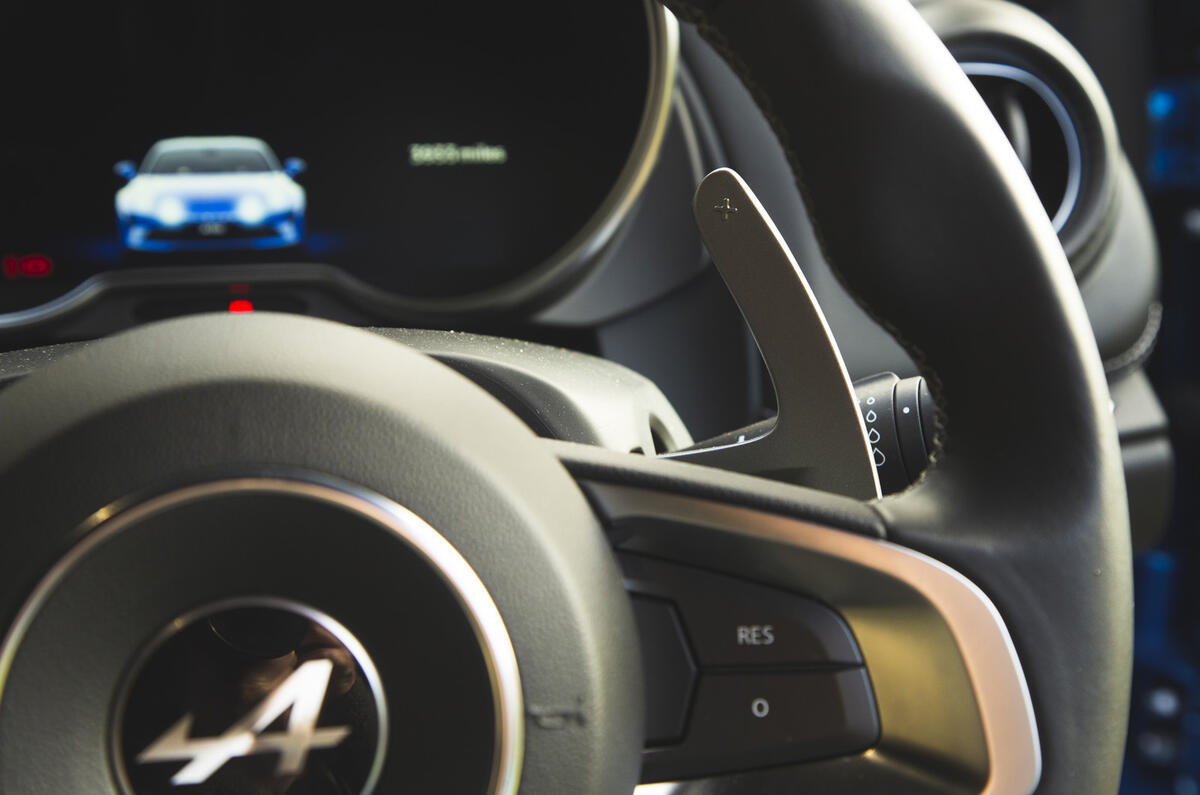
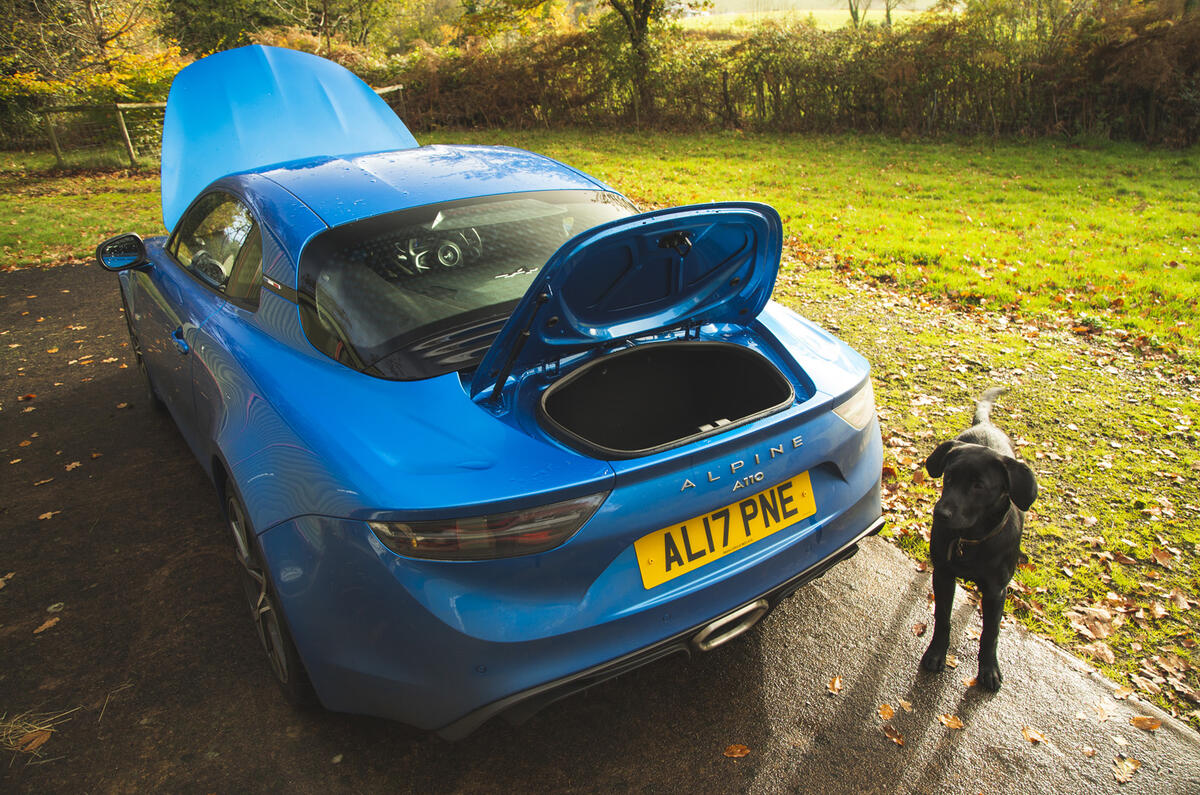
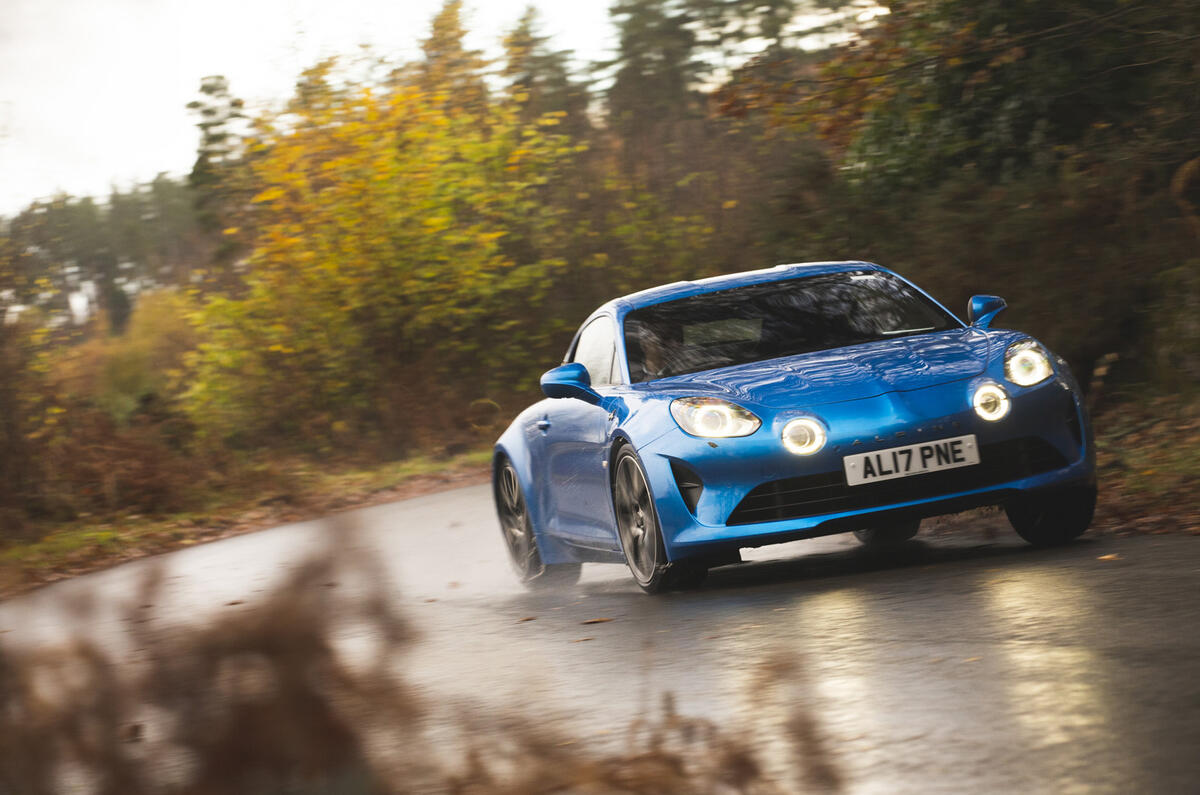
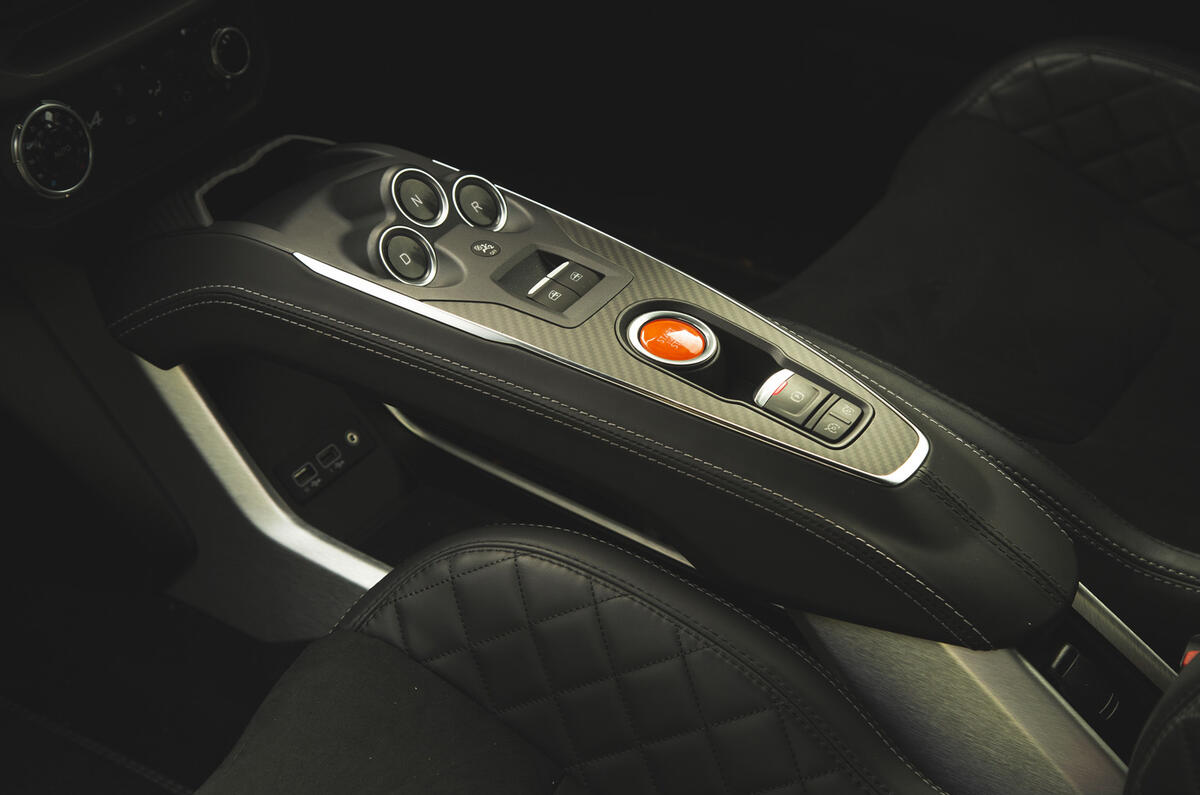
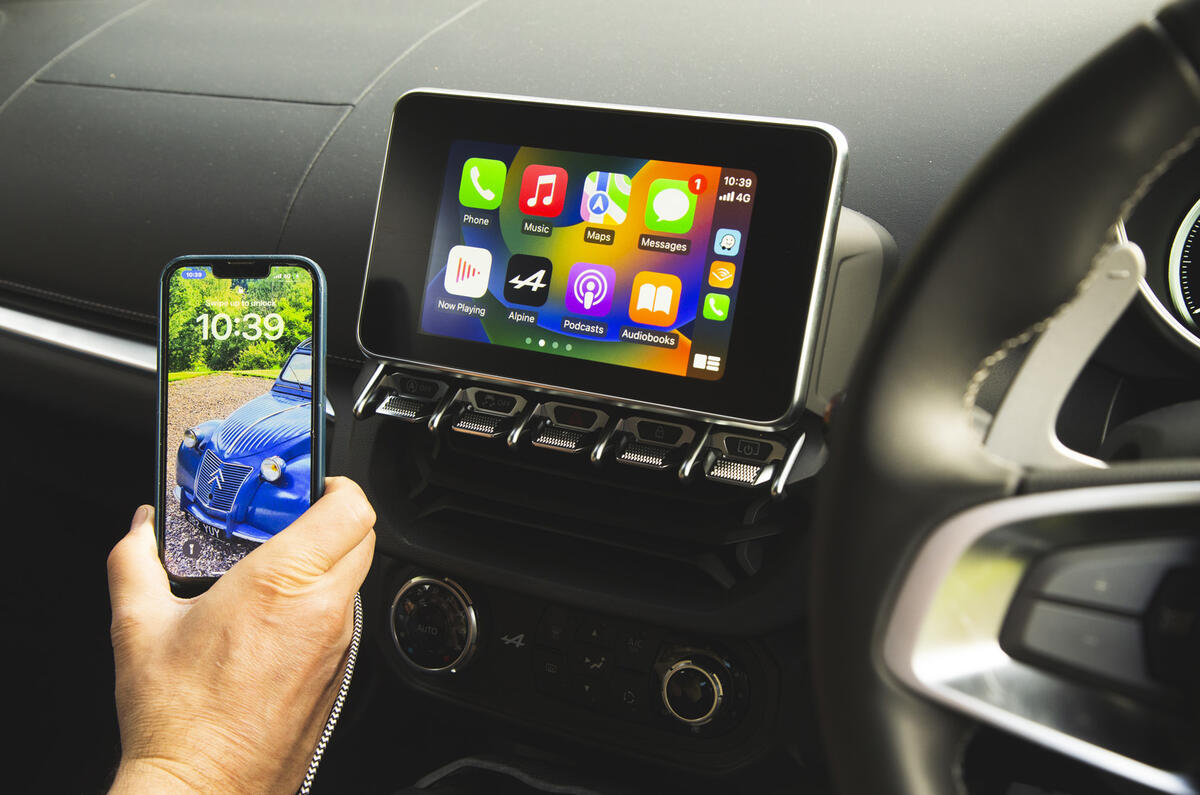
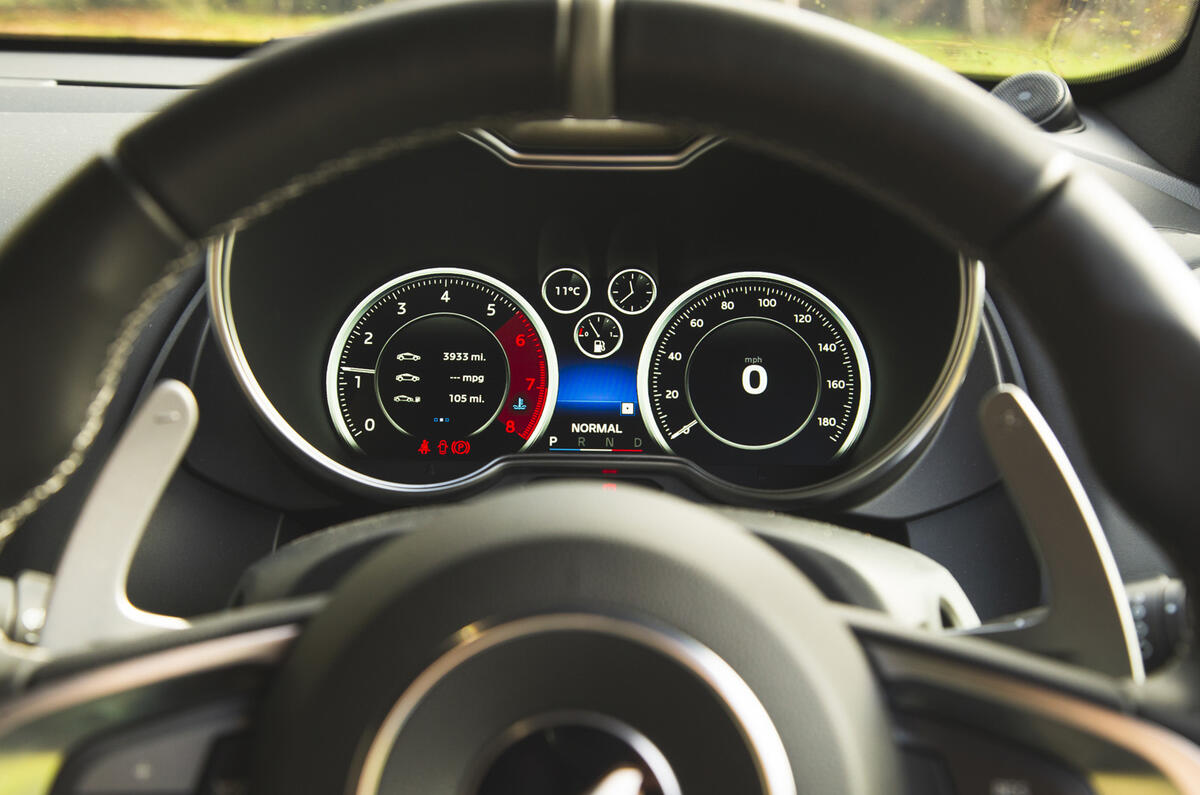
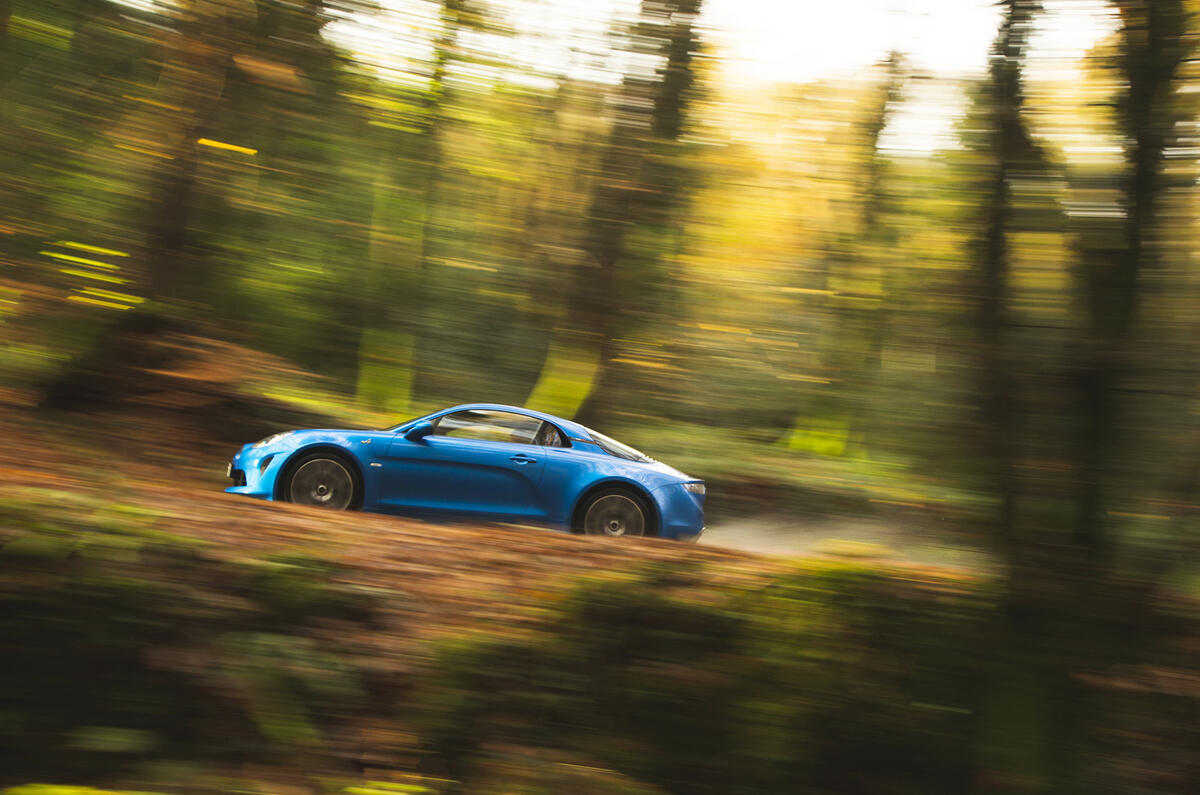
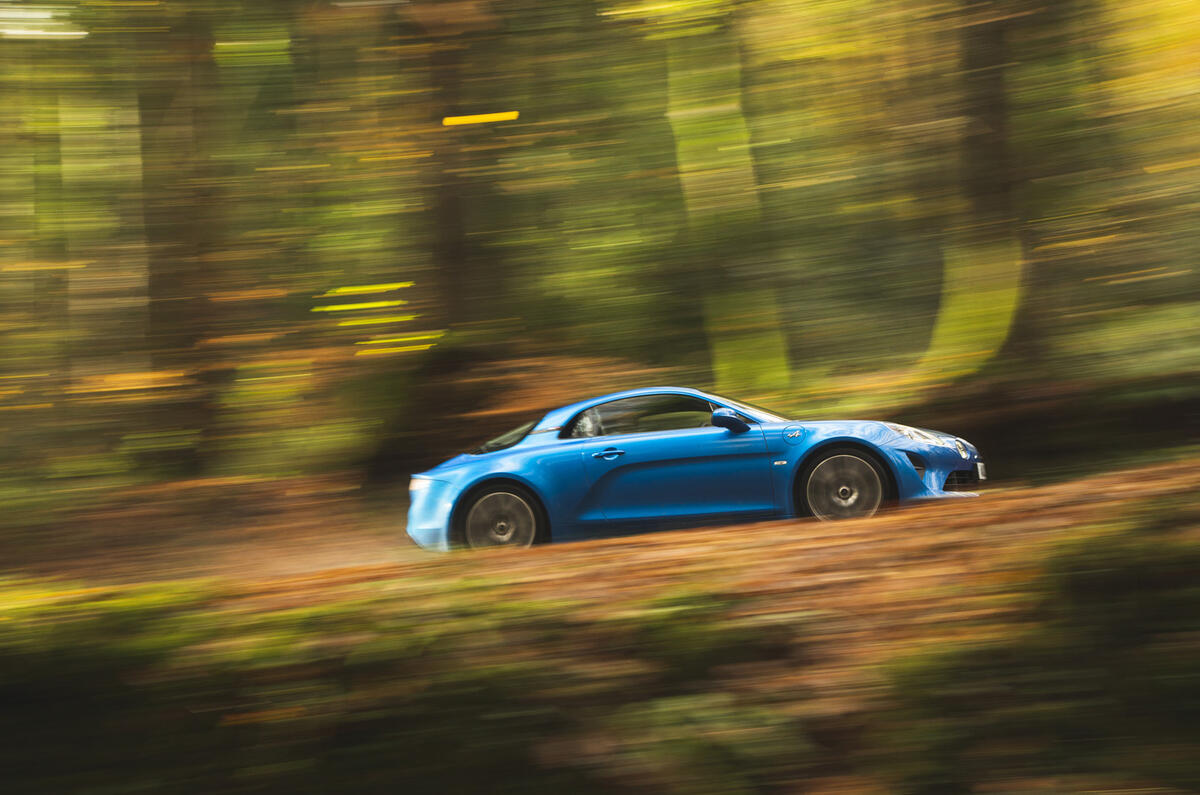
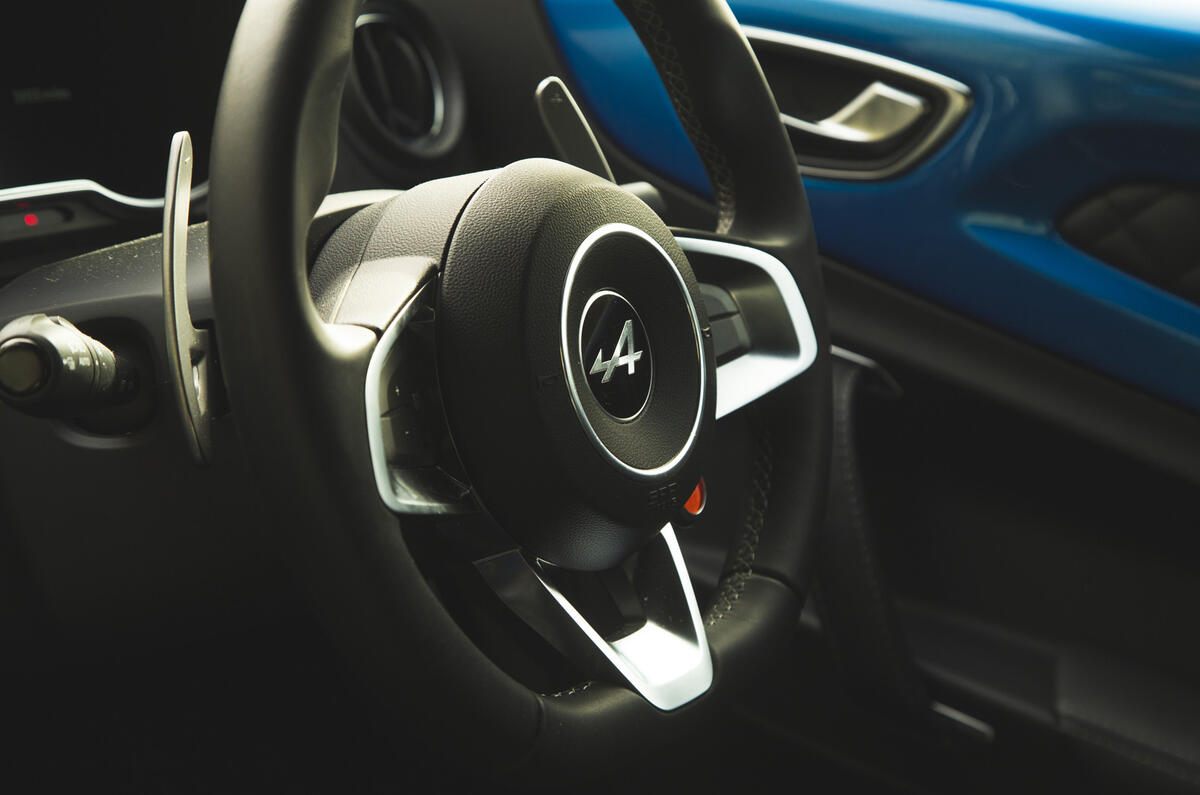
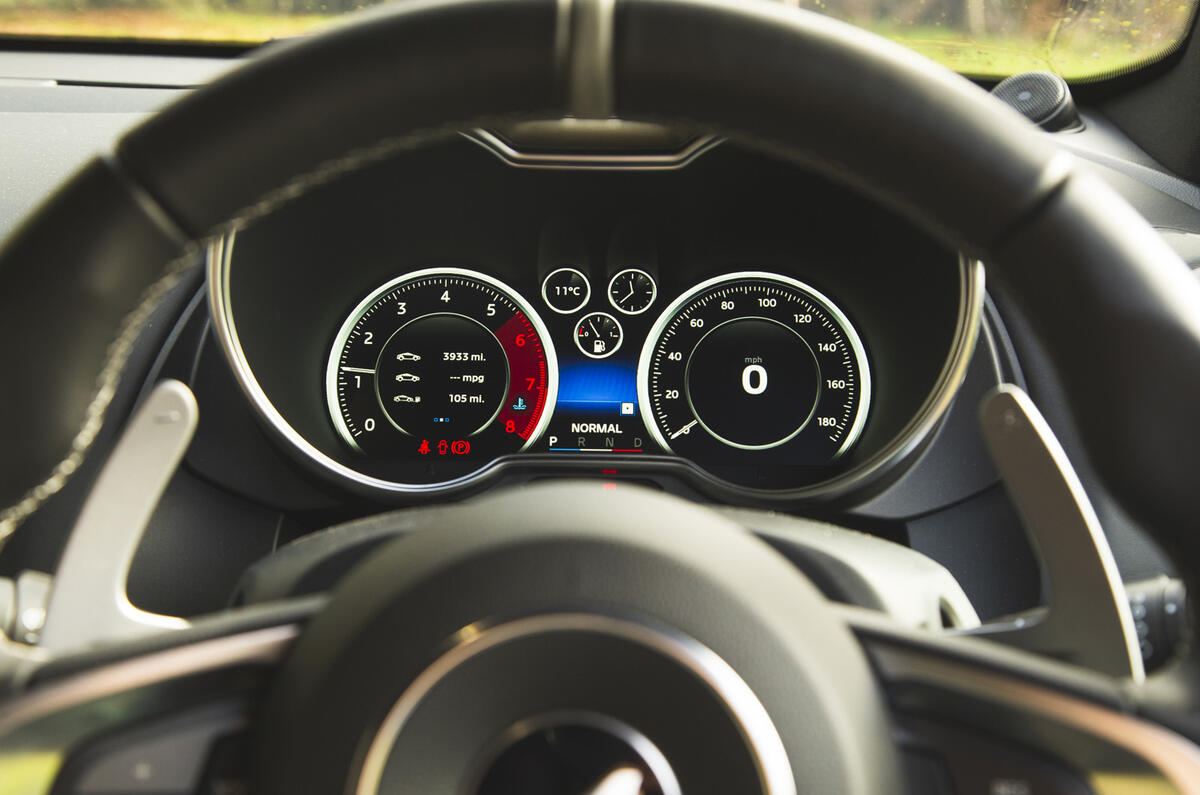



















Join the debate
Add your comment
Not sure if it's a "well rounded product" but I do know Gordon Murray admitted on camera that he had to reverse engineer one of these cars for it's secrets for his latest "budget supercar"...pretty high praise from such a well regarded car designer.
Andrew , you were right , I was wrong , transverse axle engined cars do work ? Very pleased with mine especially now the Life 110 parts have made it a gorgeous track day car , that can really gain the benefit of low weight . It's important to say that the big down side of Alpine ownership is the shocking parts availability in the UK . I've waited months for a failed sensor , and more than a month for brake rotors , fortunately Life 110 now do an AP rotor conversion . Finally , I use mine on track frequently, I have the reclining bucket seats, and would really love the standard high sided buckets , I'd gladly pay for the swap over if you fancy ?